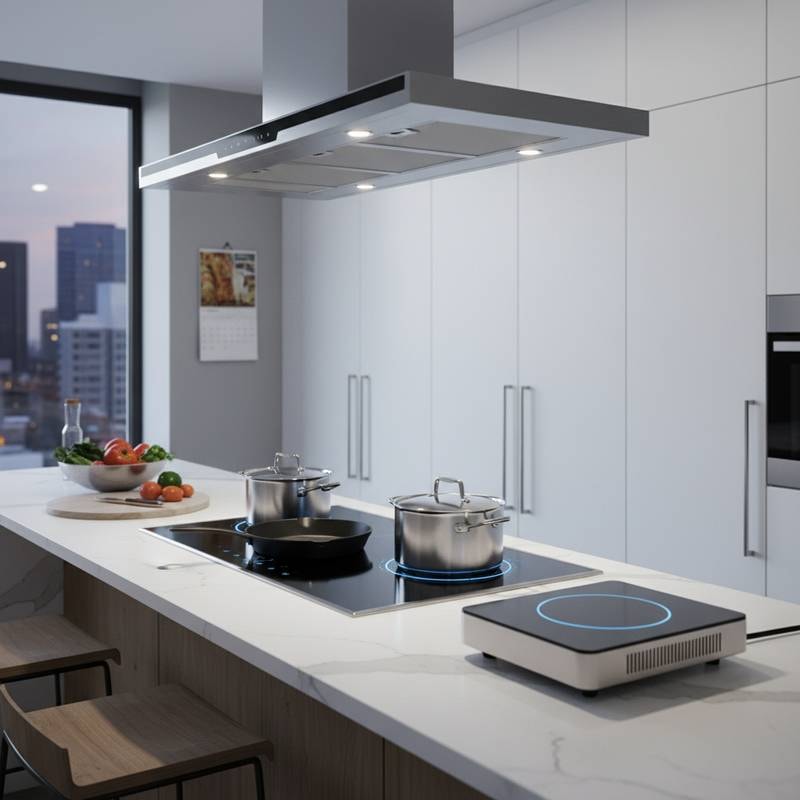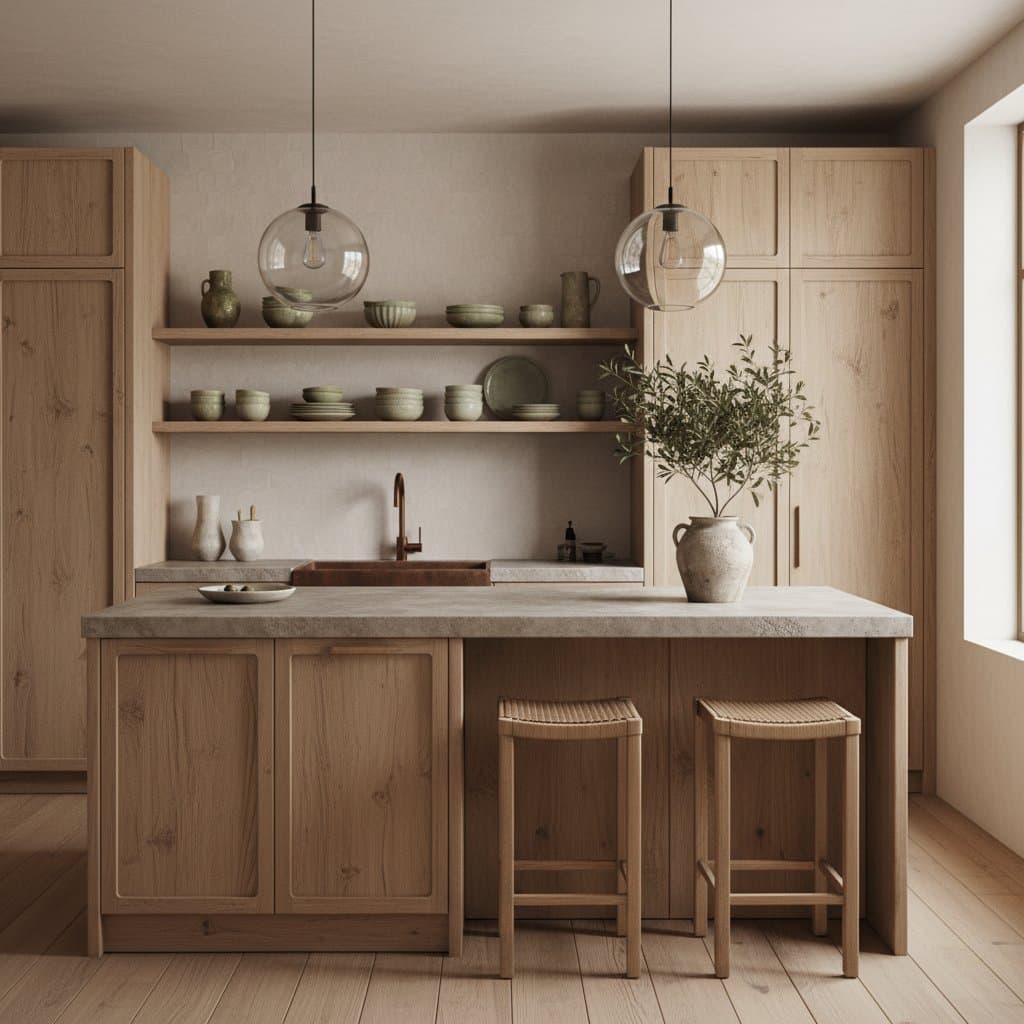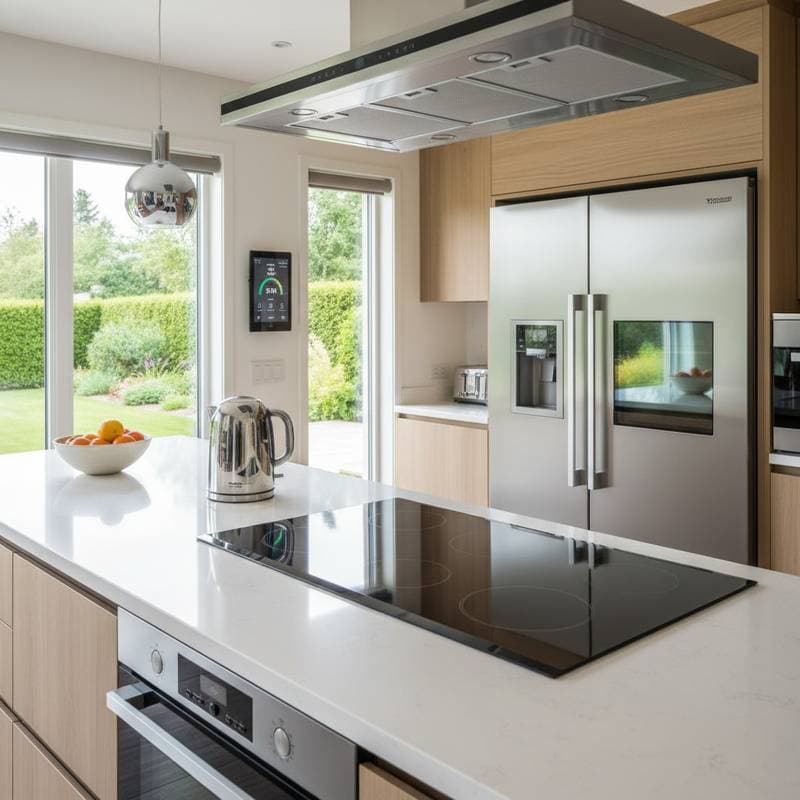States Mandating Induction: Impacts of 2025 Gas Bans
Several states across the United States implement restrictions on natural gas appliances by 2025, promoting electric options such as induction cooktops. This transition influences home cooks, designers, and builders, fostering debates on performance and aesthetics. Homeowners preparing for remodels or updates benefit from understanding these changes, which prioritize cleaner energy and innovative cooking solutions.
Reasons for the Shift to Induction
State policies target environmental protection and public health by curbing emissions from gas appliances. Natural gas stoves produce carbon monoxide and nitrogen dioxide, compromising indoor air quality. Regulations limit new gas connections in buildings, positioning induction as an efficient electric alternative.
Induction technology employs electromagnetic fields to heat cookware directly, bypassing ambient air heating. This method achieves rapid boiling times, maintains cooler kitchen environments, and provides exact temperature regulation. Without open flames or combustion, induction minimizes pollutants, aligning with sustainability objectives.
Integrating Design and Sustainability
Sustainable choices enhance visual appeal in kitchen designs. Initial concerns about losing the traditional gas range aesthetic prove unfounded, as induction models feature slim profiles and diverse finishes like matte black glass or stainless steel edges. Frameless options integrate seamlessly with countertops for a level surface.
Designers leverage induction for layout flexibility, eliminating needs for extensive gas lines or robust ventilation. Cooking zones on islands or concealed burners under glass surfaces expand creative possibilities. This approach supports open, adaptable kitchen configurations.
Accessible Options for Induction Adoption
Induction solutions span various budgets, enabling broad accessibility. Consider these categories:
- Entry-Level ($100–$400): Portable single- or double-burner units suit renters or compact spaces. These connect to standard outlets for immediate use.
- Mid-Range ($700–$1,500): Freestanding ranges and built-in cooktops match gas performance with modern styling, fitting conventional installations.
- High-End ($2,000+): Brands such as Bosch, Miele, and Café offer advanced features including smart interfaces, bridging zones, and accurate sensors.
For limited funds, a portable burner introduces benefits like reduced energy consumption and precise control. Such units demonstrate quick responsiveness in practical settings, encouraging gradual transitions.
Evaluating Induction Performance Against Gas
Induction delivers superior speed and consistency, often boiling water in under a minute. Unlike gas, which depends on flame observation, induction maintains steady temperatures for tasks like simmering sauces or searing proteins without edge scorching.
Professional chefs appreciate the reliability for consistent results. Teams switching to induction report improved safety and simplified maintenance, adapting quickly to its advantages over traditional methods.
Enhancing Safety in Home Kitchens
Induction surfaces stay cool outside active zones, reducing burn risks for households with children or seniors. Automatic shutoff activates upon pan removal, promoting energy savings and security.
The absence of combustion gases improves air quality, particularly in urban apartments or enclosed areas. These features provide substantial safety improvements over gas systems.
Electrical Requirements for Induction
Transitioning requires assessing home electrical infrastructure. Older properties might need circuit upgrades to support induction demands. Electricians typically install dedicated lines affordably during renovations.
Portable units bypass major modifications, serving as an entry point. As utility incentives grow, full electrification becomes more feasible for many residences.
Available Incentives and Rebates
State programs and utilities provide financial support for electric appliance swaps. Rebates offset costs, including installation and efficient cookware purchases. Research local offerings prior to buying.
Induction requires magnetic cookware; test with a magnet for compatibility. Stainless steel and cast iron perform optimally, while non-magnetic options need compatible bases.
Updating Cookware for Induction
The switch presents an opportunity to evaluate and refresh cookware collections. Retain magnetic pieces and acquire others with flat, thick bottoms for uniform heating.
Select items that harmonize with kitchen aesthetics, such as brushed steel on glass tops. This detail elevates overall design cohesion.
Broader Implications for Electrified Homes
Gas restrictions extend beyond cooking to building-wide electrification, targeting heating and water systems to lower emissions. Induction supports these goals through efficient, low-impact operation.
Urban planning emphasizes cleaner energy for healthier communities. Homeowners gain tools to align personal spaces with these advancements.
Applying Design Insights to Everyday Kitchens
Practical experience highlights induction's transformative potential. Its reflective surfaces enhance visual interest, simplifying maintenance with basic cleaning.
This technology elevates functionality without the upkeep of gas components, offering enduring appeal.
Opportunities for Innovation in Design
The electrification trend inspires product development in materials, sensors, and modular appliances. Cabinetry adapts to accommodate integrated or retractable cooktops.
Professionals in design fields find avenues to create efficient, stylish solutions. Focus on combining sustainability with user needs to meet market demands.
Addressing Key Concerns
-
Preference for Visible Flames: Induction offers finer control, enabling tasks like direct chocolate melting without additional equipment.
-
Professional Appearance: Sleek designs align with contemporary trends in publications and media.
-
Cost Barriers: Entry options, paired with rebates and savings, yield long-term value.
Embracing Induction in Daily Life
Adopting induction fosters safer, more efficient routines with quieter operations and streamlined cleaning. Freed from gas constraints, kitchens accommodate innovative elements like adjustable zones.
Tailor solutions to specific needs, from portable setups to comprehensive overhauls. Consult experts to realize tailored, health-oriented kitchen enhancements.










